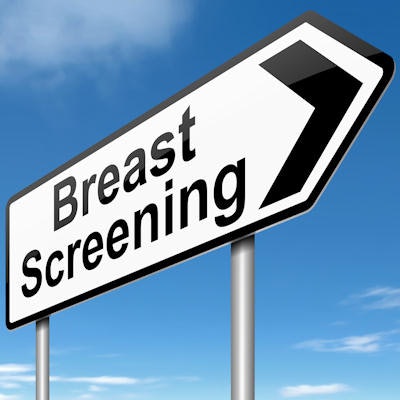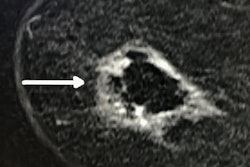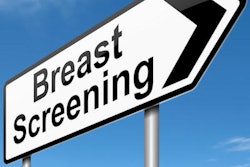
Women who adhere to early and regular screening mammography have lower mortality rates and benefit more from breast cancer therapies at the time of diagnosis of the disease, according to a study published online November 8 in the journal Cancer.
The breast cancer mortality rate among women who undergo screening is 60% lower 10 years after diagnosis than in women who do not receive screening, wrote a group of investigators led by Dr. László Tabár, professor emeritus of radiology and former medical director of the mammography department at Falun Central Hospital in Sweden.
 Dr. László Tabár.
Dr. László Tabár.The study challenges the position that mammography screening is not a key factor in reducing breast cancer mortality, Tabár and colleagues wrote.
"Although some consider that advances in adjuvant therapy and chemotherapy mainly are responsible for improved breast cancer prognosis in screened populations in the modern era ... our results demonstrate that the benefit of therapy is significantly greater for women who have participated in mammography screening," they wrote.
Many researchers have long relied on "intention to treat" estimates from randomized controlled trials to evaluate whether inviting women to participate in mammography screening reduces breast cancer mortality. But this kind of analysis doesn't give the full picture, according to the authors.
So Tabár and colleagues conducted a study using information from the Swedish Cancer Registry to calculate the annual incidence of breast cancer, as well as the annual incidence of fatal breast cancer, over two time periods: within 10 years and from 11 to 20 years of diagnosis. They focused on women between the ages of 40 and 69 who did or did not participate in screening mammography between 1977 and 2015. They also evaluated data from 19 years of the prescreening period (1958 to 1976) for comparison. All patients received appropriate breast cancer therapy based on the current national guidelines at the time.
Between 1958 and 2015, the number of women ages 40 to 69 years was 52,438. During this time period, 4,513 women were diagnosed with breast cancer; of these, 3,231 were followed for 20 years after diagnosis. The researchers found that 1,061 women died from breast cancer within 10 years of diagnosis and another 213 died of the disease 11 to 20 years after diagnosis.
In addition, the incidence of fatal breast cancers within 10 years of diagnosis per 100,000 women ages 40 to 69 during the screening period was 60% lower in those who participated in screening than in those who did not. For cancers that were fatal within 20 years of diagnosis, the breast cancer mortality rate was 47% lower in women who underwent screening than in those who did not.
"Despite advances in treatment, women who participated in mammography screening had the added advantage of earlier detection and received a far greater benefit from less aggressive therapy than women who did not participate," the authors wrote.
Women deserve an answer to the question of how participation in regular mammography screening may improve their chances of avoiding death from breast cancer, Tabár and colleagues concluded.
"Our results ... should provide women and their physicians with reassurance that participating in regular, high-quality mammography screening is the best way to reduce the risk of premature death from breast cancer," they wrote.




















